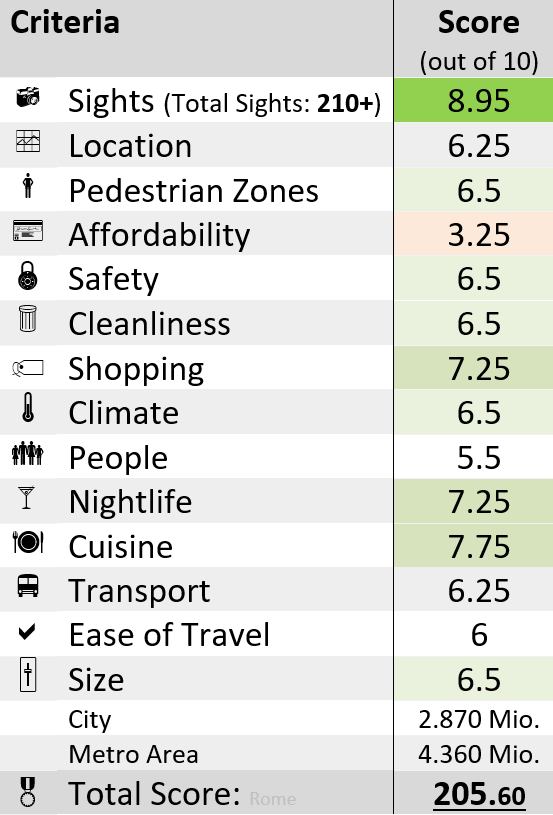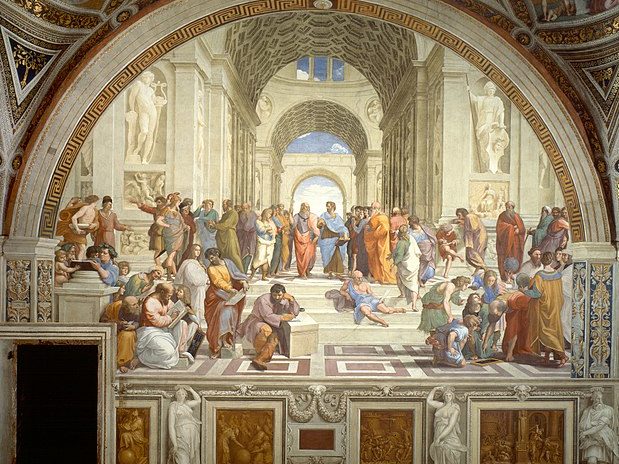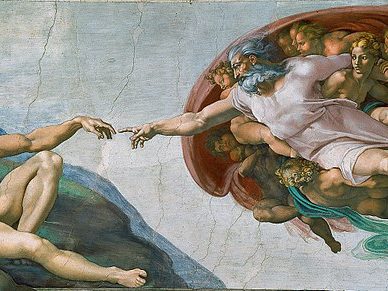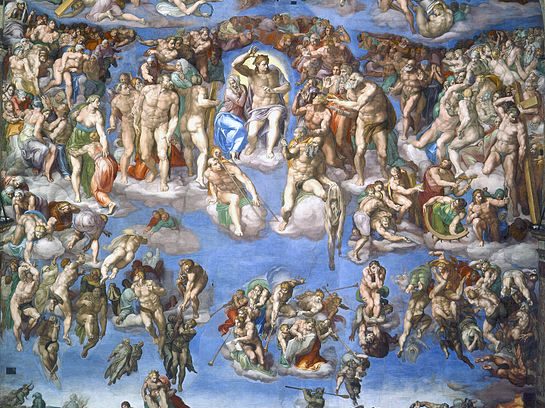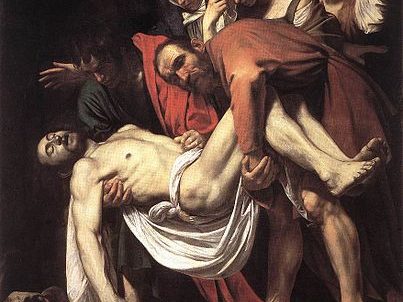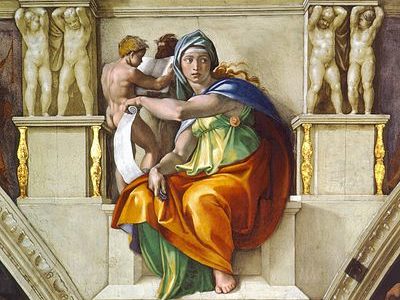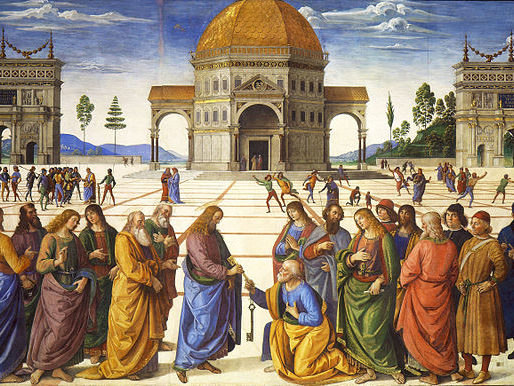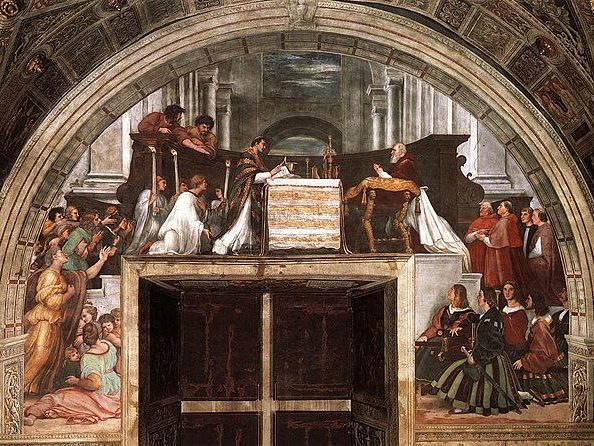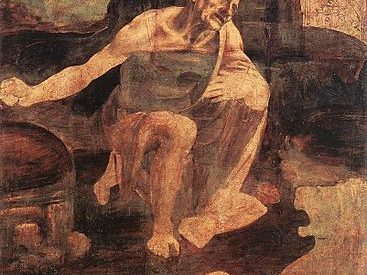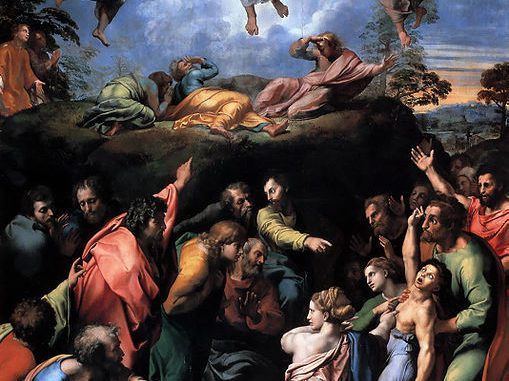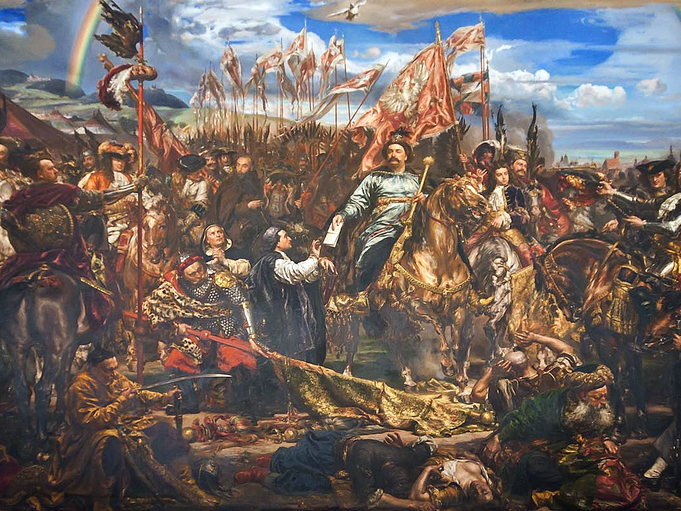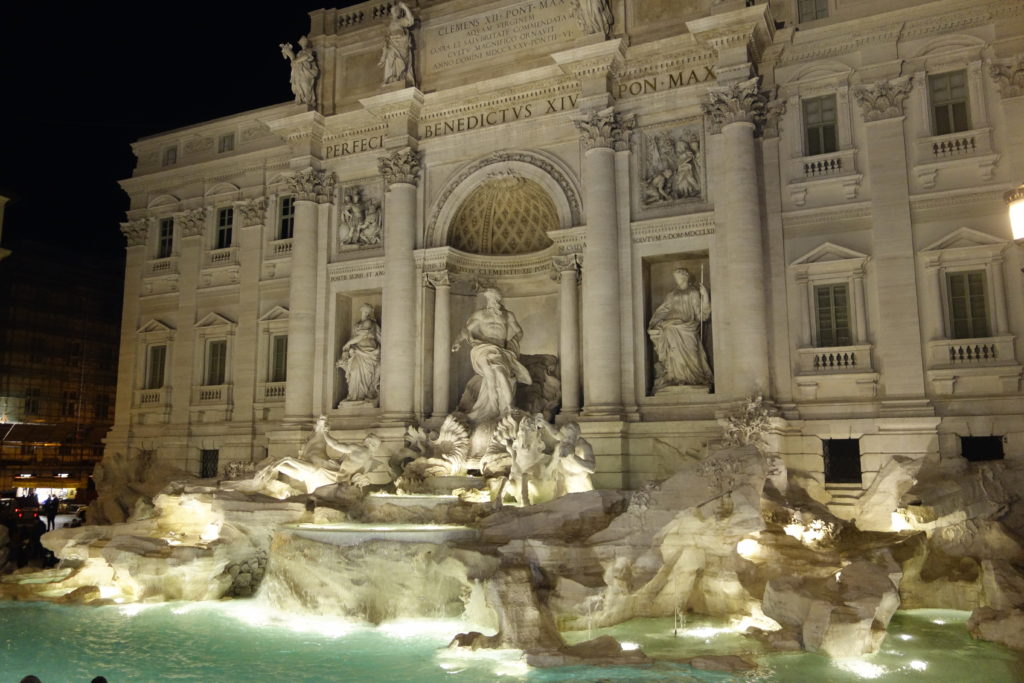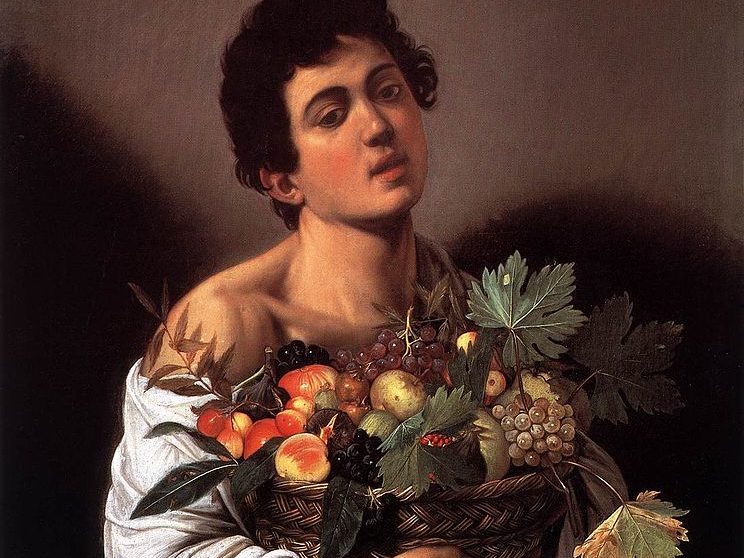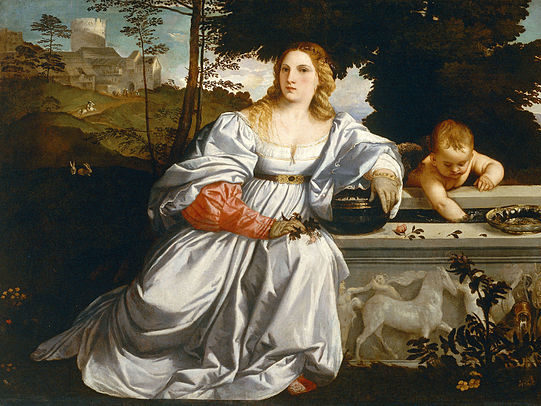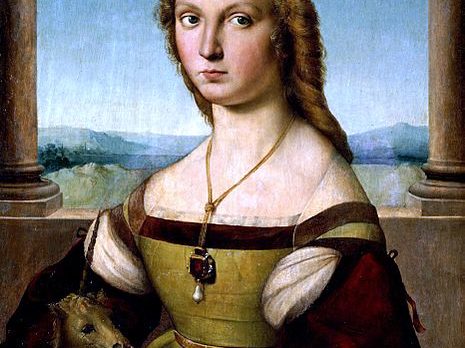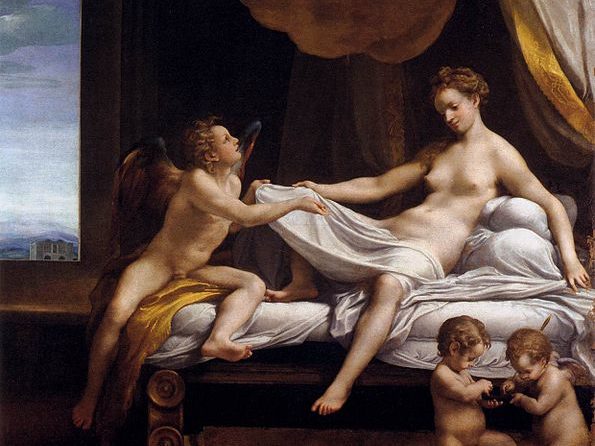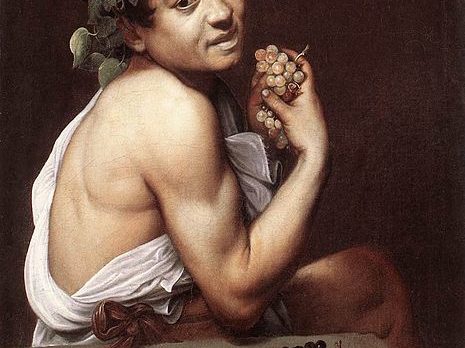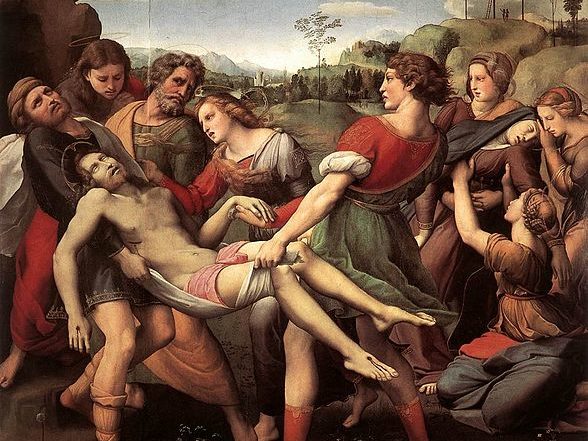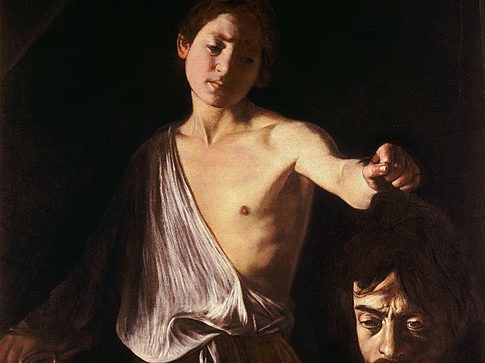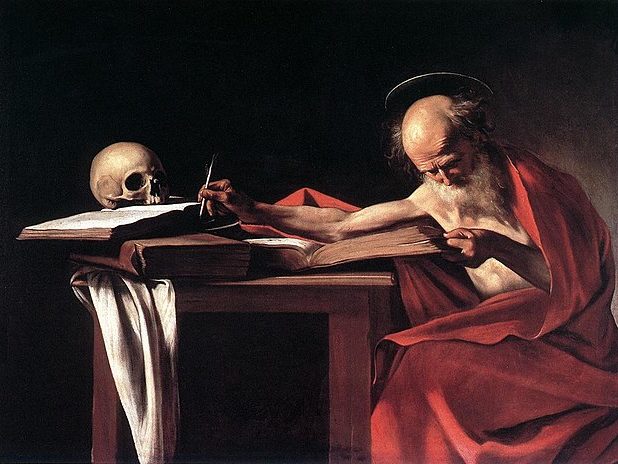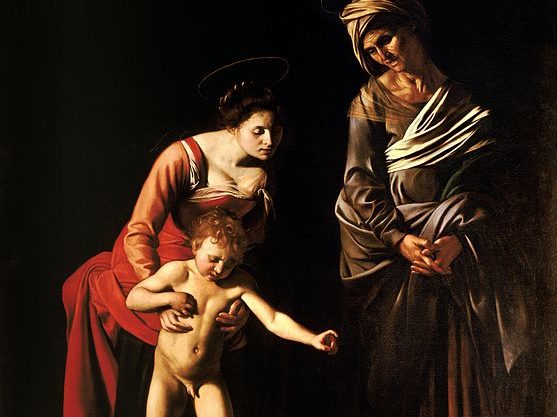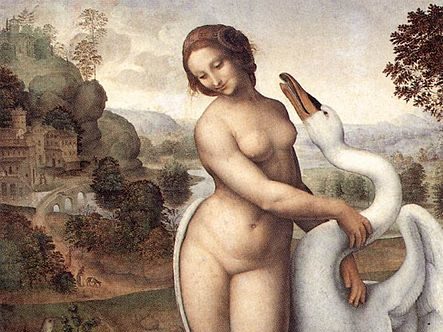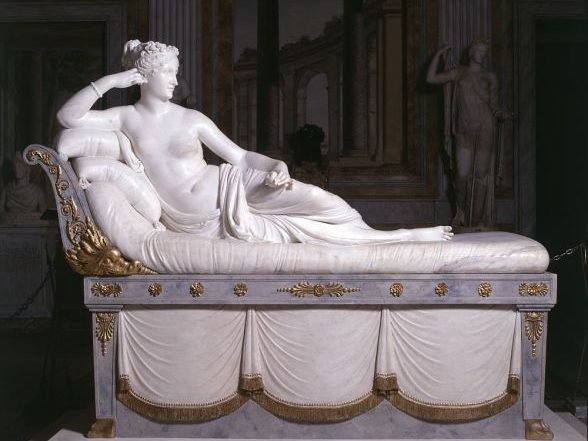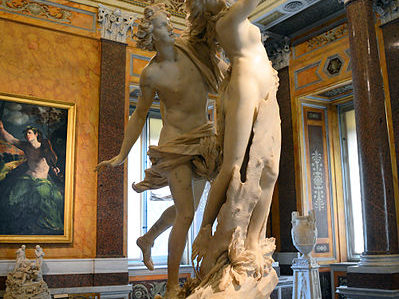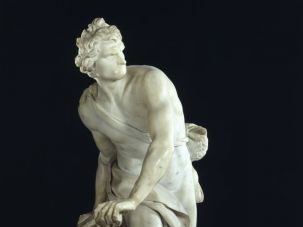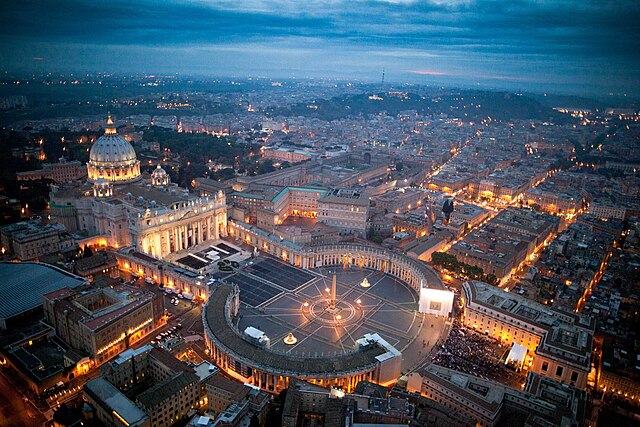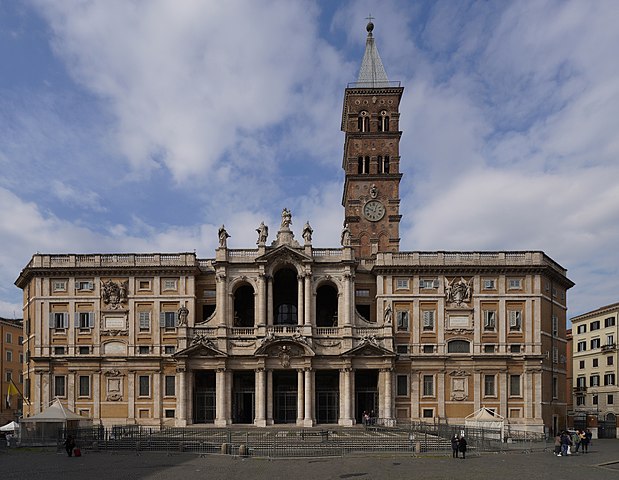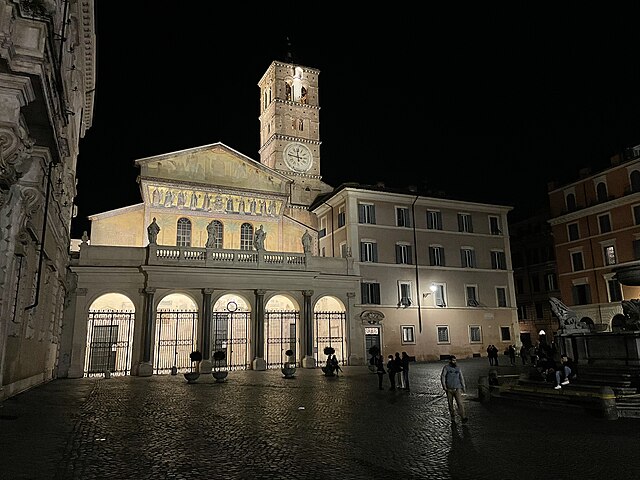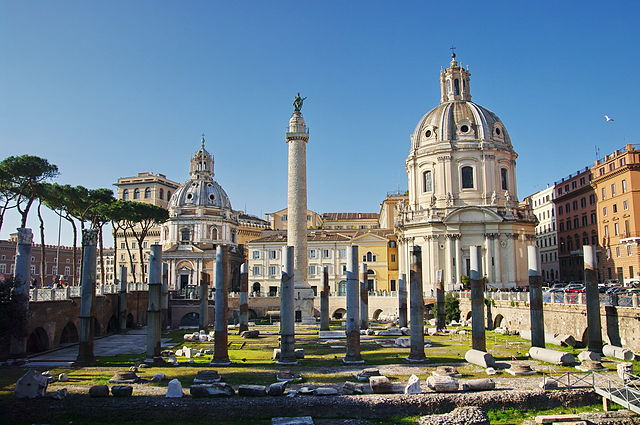A Millennium-long Center of Power, Culture, and Religion
Table of Contents
A. About Rome
Nickname: The Eternal CityThe second Italian city on our list, its capital Rome with a population of around three million, has an extraordinarily rich history.
As a millennium-long center of power, culture, and religion the Eternal City has been the origin of one of the globe's greatest civilizations ever.
Rome has exerted a huge influence over the world and the traces of these times are still visible all over the eternal city.
➕ The Good
With grand romantic Roman ruins like the Colosseum or the Forum Romanum, millennium-old churches (St. Peter's Basilica), world-class museums (Vatican Museum), and graceful fountains, Rome scores extremely high for its sights.
Furthermore, the Italian Capital proves to be an extremely well-balanced city, scoring remarkably high in most of the important categories.
Particularly noteworthy in this context are the fantastic food, the great shopping experience, and the vibrant nightlife.
➖ Negative Aspects
Most noteworthy, Rome is rather expensive.
As a minor point, the public transport system has some flaws. Local buses are normally overcrowded, and the metro is of limited use for tourists because it is not passing the city center.
B. Best Things to Do in Rome in 2024 (Detailed List with Photos and More Information)
In total, we count more than two hundred sights in Rome. The following sights and attractions contribute to a highly impressive score of 8.95/10 — the third highest in the world — in this most important category:
# COLOSSEO (Colosseum) 9 
Completed in 80 C.E., this masterpiece of architecture is considered the best-preserved Roman monument.
This impressive arena featured extremely bloody circus games, gladiator fights, and even naval battles for up to 87,000 spectators at its peak.
Amphitheater 🌍 World Heritage Site: since 1980 | Completed: 80 C.E.
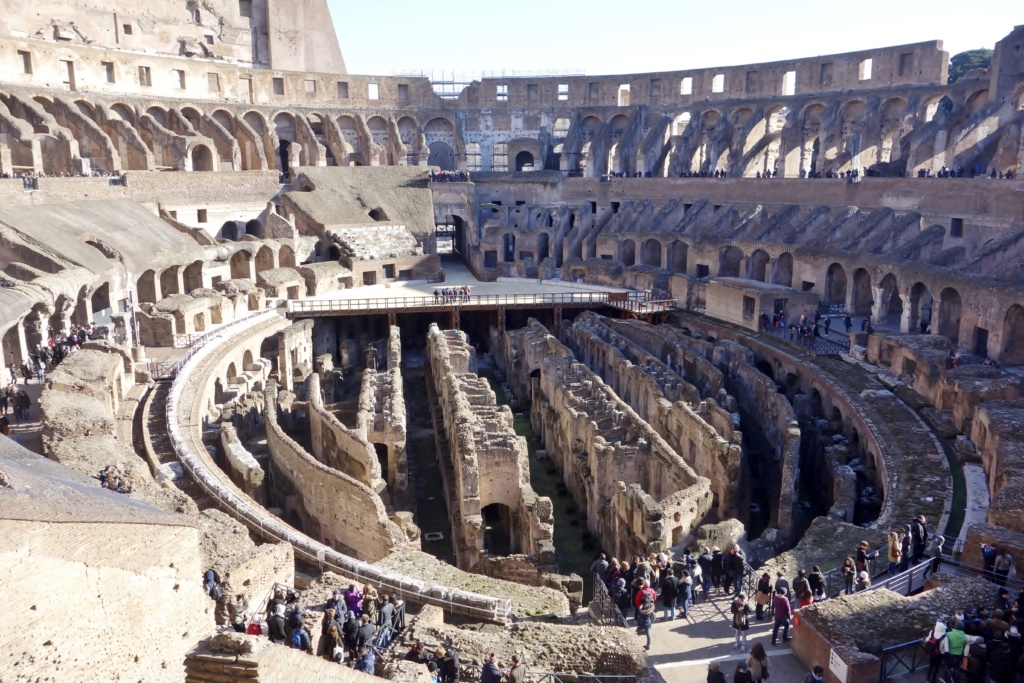
# BASILICA PAPALE DI SAN PIETRO (St. Peter’s Basilica) 9 
Consecrated in 1626 and designed by five of Italy's greatest artists, the basilica is the world's largest church and the core of Roman Catholicism.
Highlights of this breathtaking masterpiece of Renaissance architecture include Michelangelo's Pietà statue, Bernini's bronze baldachin, and the superb panorama from the top of the dome at a height of 136 m (448 ft).
Roman Catholic Cathedral 🌍 World Heritage Site: since 1984 | Completed: 1626 | Height: 36.6 m / 448 ft | Style: Renaissance and Baroque
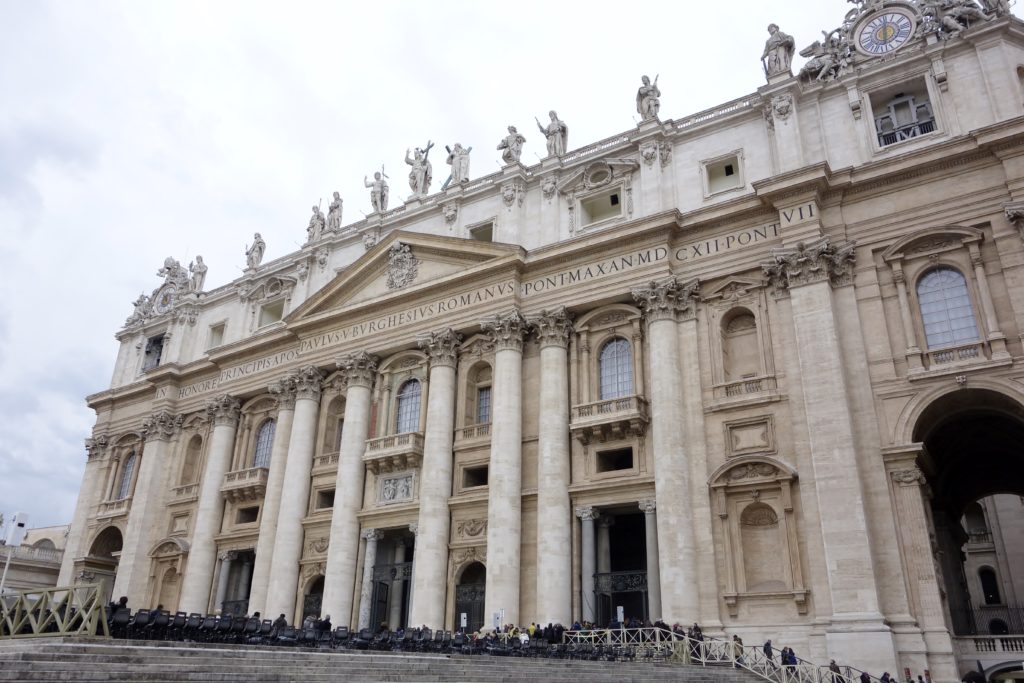
# Musei Vaticani with SISTINE CHAPEL 8 
Highlights of this unparalleled religious art museum include a suite of rooms frescoed by Raphael (including the masterpiece “The School of Athens”), Caravaggio’s “Entombment”, the spectacular ceiling of the Gallery of Maps, the double spiral staircase, and — of course — the glorious Sistine Chapel, painted 1508-1541.
This is our selection of the ten best paintings of the Musei Vaticani:
1) The School of Athens (Fresco, Stanza della Segnatura), Raphael (Raffaello Sanzio) (1509) by Wikimedia / Public Domain 2) The Creation of Adam (Fresco, Sistine Chapel Ceiling), Michelangelo Buonarroti (1512) by Wikimedia / Public Domain 3) The Last Judgement (Fresco, Sistine Chapel Ceiling), Michelangelo Buonarroti (1536–1541) by Wikimedia / Public Domain 4) The Entombment of Christ, Caravaggio (1603–1604) by Wikimedia / Public Domain 5) Delphic Sibyl (Fresco, Sistine Chapel Ceiling), Michelangelo Buonarroti (1508-12) by Wikimedia / Public Domain 6) The Delivery of the Keys (Fresco, Sistine Chapel Ceiling), Pietro Perugino (1481–1482) by Wikimedia / Public Domain 7) The Mass of Bolsena, Raphael (Raffaello Sanzio) (1512) by Wikimedia / Public Domain 8) St. Jerome in Wilderness (unfinished), Leonardo da Vinci (1480) 9) Transfiguration, Raphael (Raffaello Sanzio) (1518-1520) by Wikimedia / Public Domain 10) King John III Sobieski sending Message of Victory to the Pope, after the Battle of Vienna, Jan Matejko (1882-1883) by Wikimedia / Public Domain
Art and Archaeological Museum 🌍 World Heritage Site: since 1980, Gallery Space: 43,000 m2 / 460,000 ft2 | Galleries: 54 | Artworks on Display: ca. 20,000 | Established: 1506 | Visitors 2017: 6,427,277
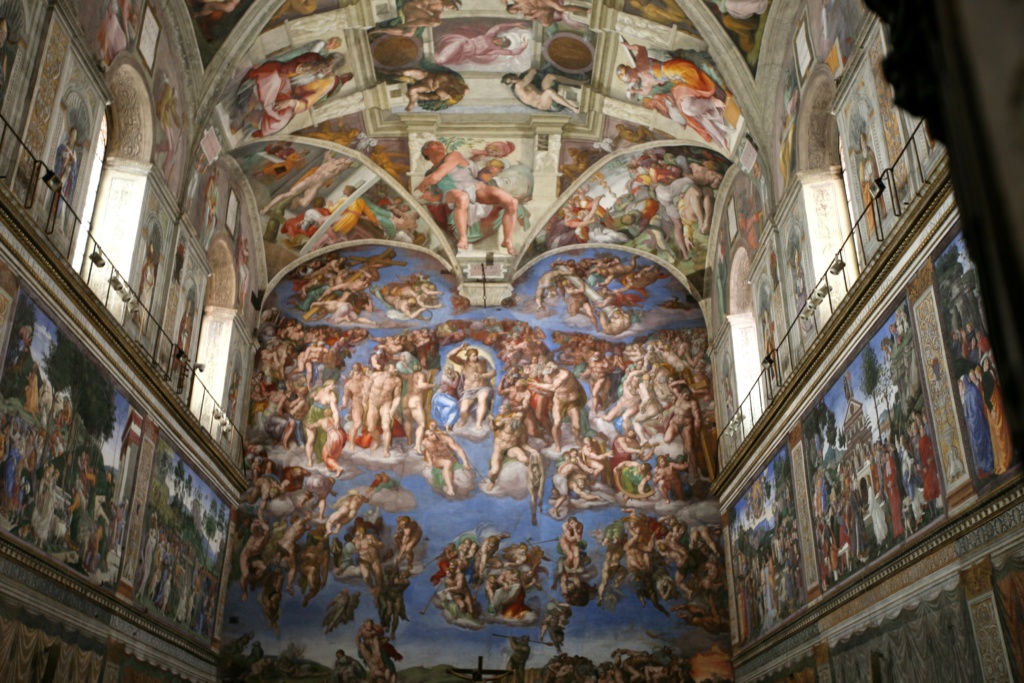
by Alex Proimos / CC BY-SA 2.0
# HISTORIC CENTER 8 
Rome’s fascinating UNESCO-listed historical center is small (only around 4% of the city's surface), compact, and crammed with abundant valuable sights.
Historic Area 🌍 World Heritage Site: since 1980 | Main Sights: FONTANA DI TREVI, PANTHEON, Spanish Steps and Trinita dei Monti, Piazza Navona
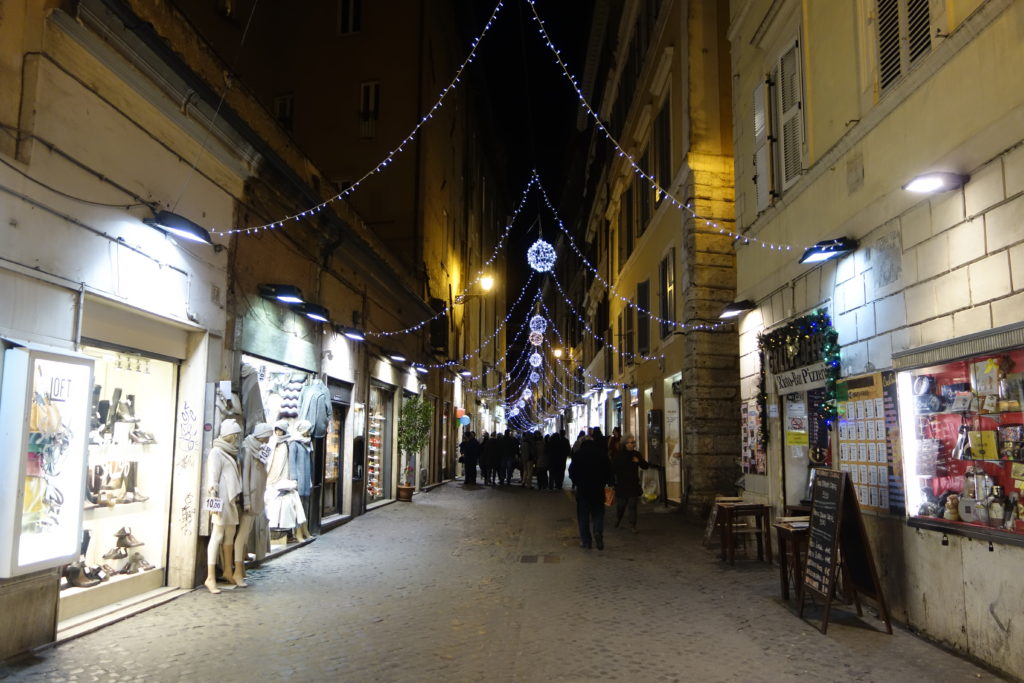
# PANTHEON 7 
Constructed in 118–128 C.E. and one of the wonders of the ancient world, this former pagan temple with its elegant forty-three-meter-high concrete dome was converted into a church in the seventh century.
It remains the best-preserved Classical building in the world and now contains the tomb of the legendary High Renaissance painter Raphael.
Historic Building 🌍 World Heritage Site: since 1980 | Constructed: 118–128 C.E.
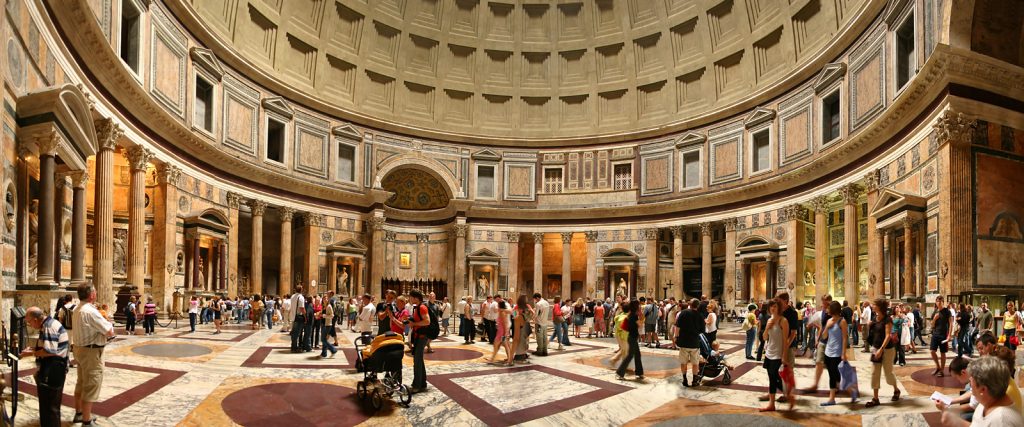
by Stefan Bauer / CC BY-SA 2.5
# FORUM ROMANUM (Roman Forum) 7 
The Roman Forum was once the commercial, political, social, and religious heart of the Roman Empire.
Even though today only a few ruins of this former glory remain, with some imagination, you can see ancient Rome come back to life.
Roman Structure 🌍 World Heritage Site: since 1980
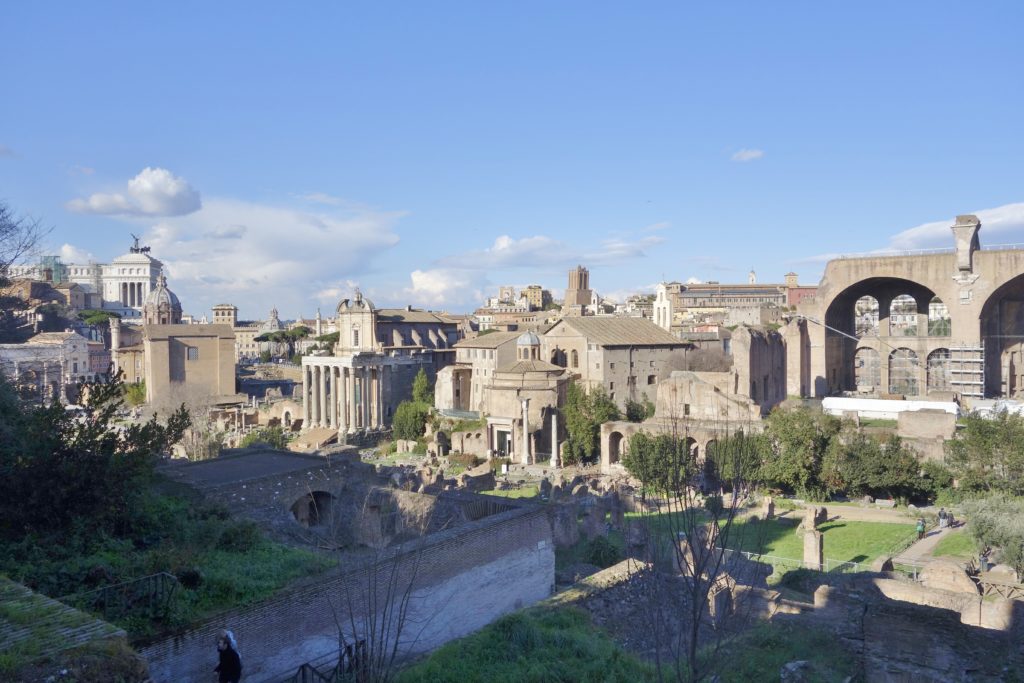
# Galleria Borghese 7 
Admire outstanding marble sculptures from artists such as Canova and Bernini as well as world-famous paintings from Correggio, Titian, Raphael, and Caravaggio in the twenty elegant rooms of this beautiful Baroque mansion.
This is our selection of the ten best paintings of the Galleria Borghese:
(click on images to open in lightbox)
1) Boy with a Basket of Fruit, Caravaggio (c. 1593) by Wikimedia / Public Domain 2) Sacred and Profane Love, Titian (1514) by Wikimedia / Public Domain 3) Young Woman with Unicorn, Raphael (Raffaello Sanzio) (c. 1505) by Wikimedia / Public Domain 4) Danaë, Correggio (c. 1530) by Wikimedia / Public Domain 5) Young Sick Bacchus, Caravaggio (c. 1593) by Wikimedia / Public Domain 6) The Deposition (of Christ), Raphael (Raffaello Sanzio) (c. 1507) by Wikimedia / Public Domain 7) David with the Head of Goliath, Caravaggio (1606- 1607) by Wikimedia / Public Domain 8) Saint Jerome Writing, Caravaggio (c. 1606) 9) Madonna, Child and Serpent, Caravaggio (c. 1605-06) by Wikimedia / Public Domain 10) Leda and the Swan, attributed to Il Sodoma (after Leonardo da Vinci) (c. 1510-1515) by Alvesgaspar / CC BY-SA 4.0
This is our selection of the 3 best sculptures of the Galleria Borghese:
(click on images to open in lightbox)
1) Pauline Bonaparte, Antonio Canova (1805- 1808)
via Wikimedia / Public Domain
2) Apollo and Daphne, Gian Lorenzo Bernini (c. 1622)
by Livioandronico2013 / CC BY-SA 4.0
3) David, Gian Lorenzo Bernini (c. 1623-1624)
via Wikimedia / CC BY-SA 4.0
Museum Prebooking required Gallery Space: ca. 2,000 m2 / 21,527 ft2 | Galleries: 20 | Artworks on Display: ca. 1,000 | Established: 1903 | Visitors 2016: 527,937
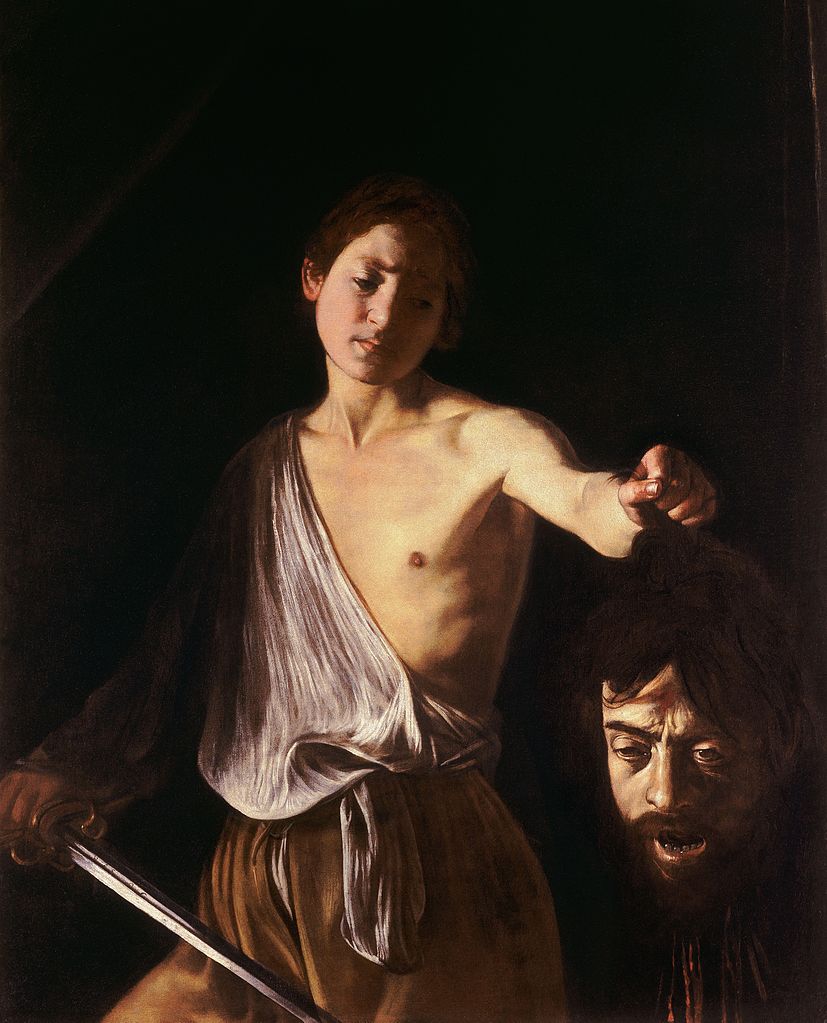
Caravaggio, David with the Head of Goliath by Wikimedia / Public Domain
# Spanish Steps and Trinita dei Monti 6 
This famous monumental stairway of 135 steps leading towards the Trinità dei Monti church was designed in 1723-26 by Francesco de Sanctis.
Church and Set of Steps Steps: 135
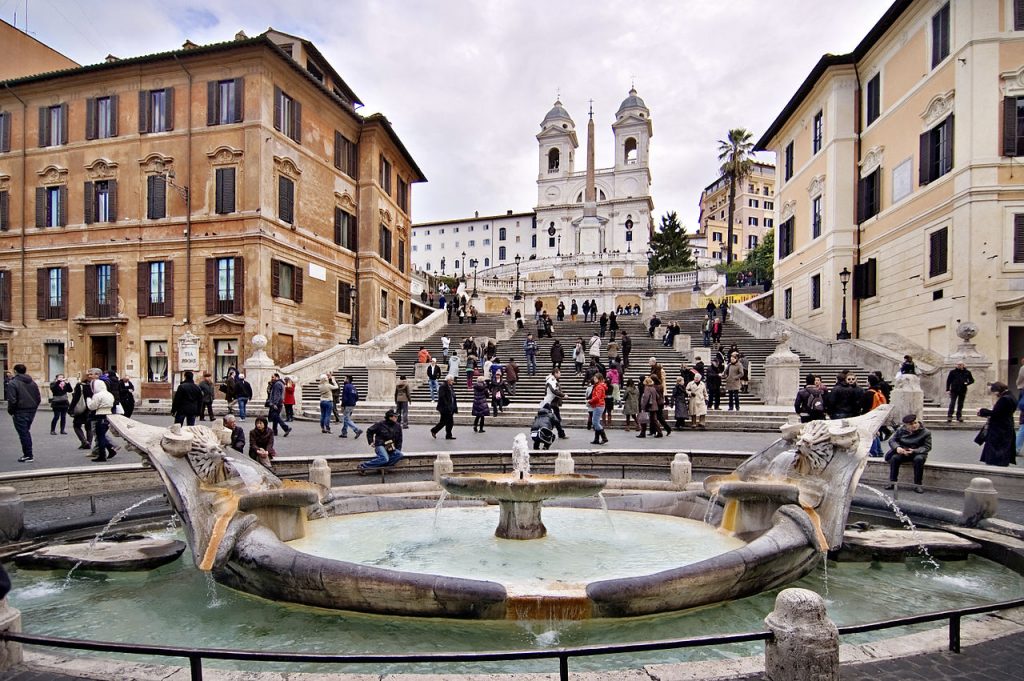
by 2pi.p / CC BY-SA 3.0
# CASTEL SANT'ANGELO (Mausoleum of Hadrian) 6 
Ascend the terrace at the top of this striking cylindrical building on the right bank of the Tiber to enjoy a wonderful 360-degree view of Rome.
Commonly referred to as Castel Sant'Angelo, the striking Mausoleum of Hadrian was erected by Emperor Hadrian in 135 CE as a mausoleum and later converted by the popes into a mighty fortress.
Museum and Fortress 🌍 World Heritage Site: since 1980
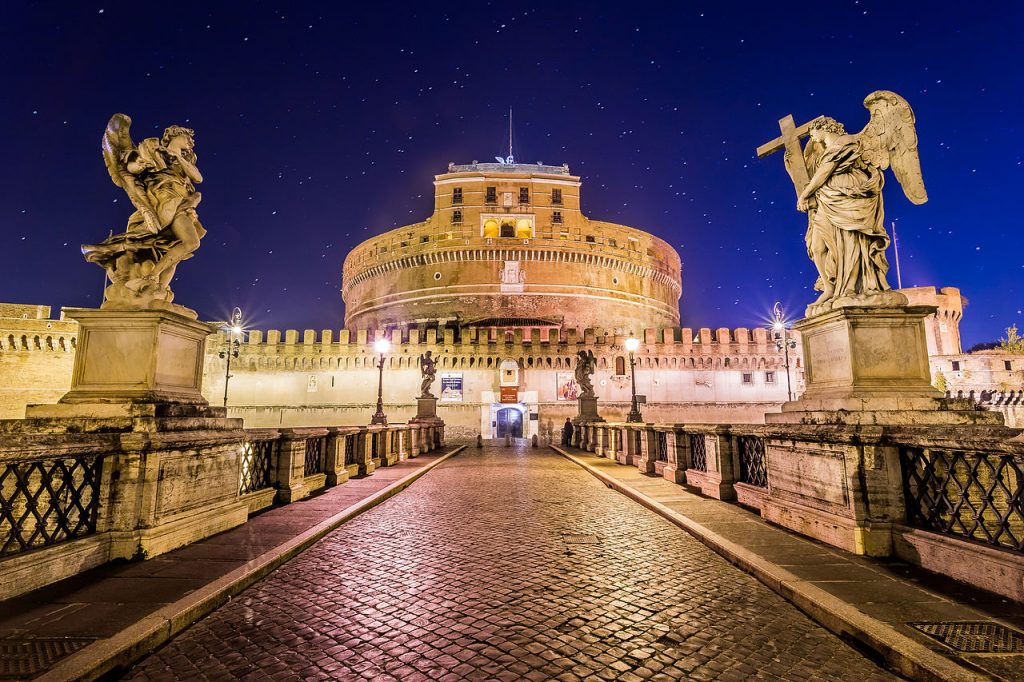
by Giuseppe Milo / CC BY-SA 2.0
C. Other Notable Sights and Attractions in Rome
#10 | PIAZZA SAN PIETRO (St. Peter's Square) 6 
Piazza San Pietro, located in Vatican City, is one of the most iconic squares in the world, designed by Gian Lorenzo Bernini in the 17th century.
It is surrounded by impressive colonnades topped with 140 statues of saints, symbolizing the embracing arms of the Catholic Church.
Church 🌍 World Heritage Site: since 1984 (Part of: "Vatican City")
by lafiguradelpadre / CC BY-SA 2.0
#11 | Piazza Navona 6 
Piazza Navona is a vibrant square in Rome, Italy, boasting stunning Baroque architecture and a rich history dating back to the 1st century AD when it was the site of a stadium.
The centerpiece of Piazza Navona is the Fontana dei Quattro Fiumi (Fountain of the Four Rivers), designed by Gian Lorenzo Bernini in the 17th century, representing four major rivers from different continents.
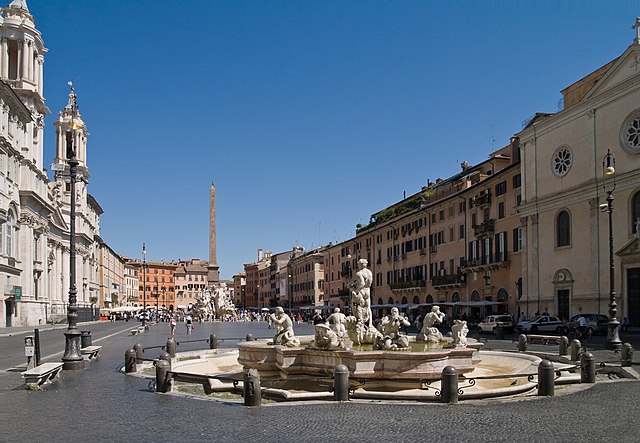
by Myrabella / CC BY-SA 3.0
#12 | BASILICA OF SANTA MARIA MAGGIORE 6 
The Basilica of Santa Maria Maggiore is one of Rome's four major basilicas and one of the oldest churches dedicated to the Virgin Mary.
The Basilica of Santa Maria Maggiore, established by Pope Sixtus III, boasts a rich heritage of architectural evolution, featuring a towering campanile, a meticulously designed façade by Ferdinando Fuga, and a breathtaking interior adorned with ancient mosaics narrating biblical tales.
Church 🌍 World Heritage Site: since 1980 (Part of: "Historic Center of Rome")
by NikonZ7II / CC BY-SA 4.0
#13 | CHIESA DEL GESÙ 6 
The Chiesa del Gesù in Rome stands as a masterpiece of Baroque architecture, serving as the principal Jesuit church and boasting a richly adorned interior highlighted by remarkable artworks and the tomb of St. Ignatius of Loyola.
Church 🌍 World Heritage Site: since 1980 (Part of: "Historic Center of Rome")
by Fczarnowski / CC BY-SA 4.0
#14 | Trastevere 6 
Trastevere is a charming neighborhood in Rome, Italy, known for its narrow cobblestone streets and colorful buildings.
It boasts a rich history dating back to ancient Rome, evident in its well-preserved architecture and landmarks like the Basilica of Santa Maria.
by Brigante mandrogno / CC BY-SA 4.0
#15 | Monumento a Vittorio Emanuele II 6 
The Monumento a Vittorio Emanuele II, located in Rome, Italy, is a grandiose white marble monument built between 1885 and 1911 to honor Victor Emmanuel II, the first king of a unified Italy.
Visitors can ascend to the rooftop terrace for panoramic views of Rome, offering breathtaking vistas of landmarks such as the Colosseum and Roman Forum.
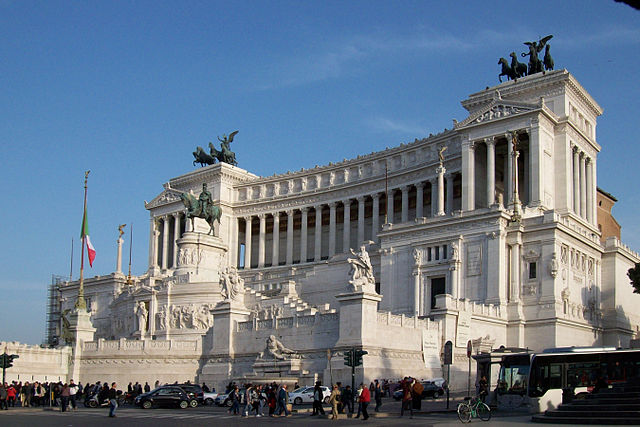
by Sergio D’Afflitto / CC BY-SA 4.0
#16 | Forum Traiani with COLUMN OF TRAJAN 6 
Forum Traiani, also known as Trajan's Forum, was constructed in ancient Rome between 106 and 112 AD by Emperor Trajan.
The centerpiece of Forum Traiani is the iconic Column of Trajan, standing at a towering height of 30 meters.
Church 🌍 World Heritage Site: since 1980 (Part of: "Historic Center of Rome")
by Bgabel / CC BY-SA 3.0
#17 | CHURCH OF SAN GIOVANNI IN LATERANO 6 
The Church of San Giovanni in Laterano was consecrated by Pope Sylvester I in the 4th century, marking it as one of the oldest Christian basilicas in the world.
The basilica's grand façade and interior are adorned with elaborate sculptures, mosaics, and frescoes, showcasing the rich artistic heritage of Rome.
Church 🌍 World Heritage Site: since 1980 (Part of: "Historic Center of Rome")
by NikonZ7II / CC BY-SA 4.0
#18 | Palazzo Doria Pamphilj 6 
Palazzo Doria Pamphilj, located in Rome, Italy, is a grand palace built in the 17th century by the Doria Pamphilj family.
The palace houses one of the largest private art collections in Rome, featuring masterpieces by renowned artists such as Velázquez, Titian, and Caravaggio.
by Sailko / CC BY-SA 3.0
#19 | Palatine Hill and Palatine Museum 6 
The Palatine Hill offers panoramic views of the surrounding Roman Forum, Circus Maximus, and the Colosseum, providing a breathtaking backdrop to its archaeological wonders.
The Palatine Museum, nestled atop Palatine Hill, showcases a rich collection of archaeological finds spanning from the Iron Age to the Renaissance, offering a captivating journey through Rome's evolution.
by Karelj / Public domain
#20 | Capitoline Museums 6 
The Capitoline Museums in Rome, Italy, are among the oldest and most prestigious museums in the world, dating back to 1471 when Pope Sixtus IV donated a collection of bronze statues to the city. The museums are housed in two buildings, the Palazzo dei Conservatori and the Palazzo Nuovo, located on the Capitoline Hill, one of the seven hills of Rome.
The collections within the museums include a vast array of ancient Roman art and artifacts, including sculptures, statues, coins, and pottery, showcasing the rich history and culture of Rome.
by Daderot / Public domain
E. Top 10 List of the Best Things to Do in Rome (including close-by excursions)
To sum things up, these are the ten best sights we recommend to you when visiting Rome for at least three entire days.
🌍 COLOSSEO (Colosseum) 9
🌍 BASILICA PAPALE DI SAN PIETRO (St. Peter’s Basilica) 9
🌍 HISTORIC CENTRE 8
🌍 Musei Vaticani (Museum) with SISTINE CHAPEL 8
🌍 FONTANA DI TREVI (Fountain) 7
🌍 PANTHEON (Building, built 118–128 AD) 7
🌍 FORUM ROMANUM (Roman Forum) 7
Galleria Borghese (Art Gallery) 7
Trinita dei Monti and Spanish Steps 6
🌍 CASTEL SANT'ANGELO (Mausoleum of Hadrian) (Fortress) 6

